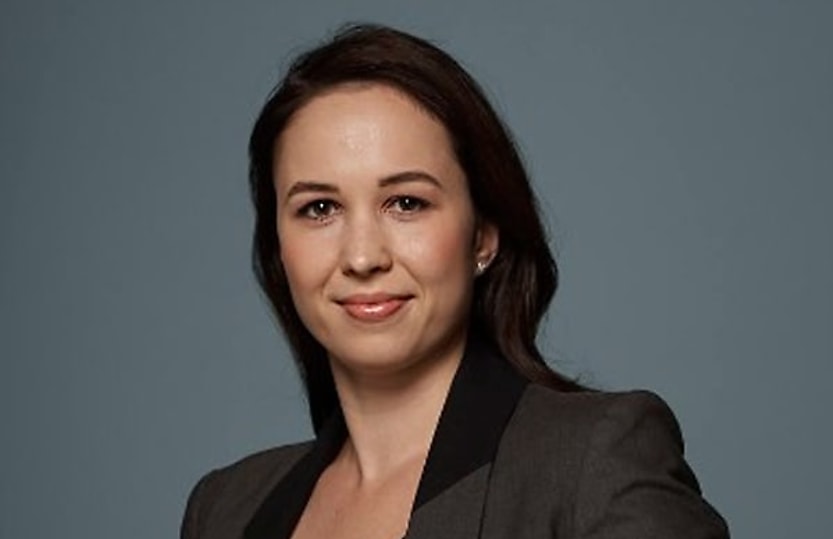Consumer spending to turn negative by year end, AMP predicts

Broader consumer spending is likely to weaken further this year with interest rate hikes weighing heavily on household budgets, an economist cautions.
Total consumer spending volumes are expected to turn negative by late 2023 and early 2024 and will start to weigh on GDP growth.
AMP deputy chief economist Diana Mousina said quarterly consumer spending data is a broader measure of consumer spending, compared with just retail data, and includes motor vehicle spending, transport and recreation and culture.
“While retail volumes have already turned negative, further weakness in broader consumer spending is likely as the cash rate remains high throughout the rest of 2023 and into early 2024,” said Ms Mousina.
“This will send household mortgage repayments as a share of income to a record high.”
The expected weakening in the labour market could also be a risk for consumers.
“We see the unemployment rate rising from its current level of 3.5 per cent to a peak of over 4.5 per cent by mid-2024, which will put a strain on household spending,” said Ms Mousina.
Consumers have faced numerous headwinds over the past 18 months, she said, with high inflation impacting essential items such as groceries, electricity, gas and petrol and interest rate rises leading to large increases in mortgage repayments.
This challenging backdrop for consumers has already resulted in some decline in consumer spending, with discretionary spending down by 4 per cent on an annualised basis in the March quarter and retail volumes negative over 3 consecutive quarters to June, said Ms Mousina.
However, consumer spending has not fallen as much as expected with a high level of pent-up savings allowing households to cushion some of the impact.
The savings rate increased significantly during 2020 with numerous government stimulus packages providing a boost for consumer income.
At the same time consumer spending declined as services were limited and the high level of uncertainty made consumers cautious about spending.
After reaching a high of 23.6 per cent in March 2020, the savings rate fell throughout 2020/21 but remained high and above its pre-COVID average.
“In March 2023, it was at 3.7 per cent. This meant that through 2020 until mid-2022, consumers were building up additional savings that would not have existed without the COVID-19 pandemic,” she said.
AMP estimates that excess savings reached a high of $253 billion and 11 per cent of annual GDP or 22 per cent of annual consumer spending.
“Since this peak, consumers have drawn down just 7 per cent of their excess savings (up to March 2023),” said Ms Mousina.
“This means that consumers still have a relatively high degree of excess savings and at the current slow run-down of savings it would imply that consumers could still have another 2-3 years of excess savings to work through.”
However, the run-down in savings is expected to pick up pace throughout the remainder of 2023 due to the lagged impact of prior rate rises and the roll-off of fixed-rate mortgages to variable rates that are 2-3 times the level they were fixed at.
The impacts of elevated inflation will also be a hit to consumer purchasing power.
“We expect the accumulated extra savings to be mostly exhausted by late 2024,” she said.
“There is also a chance that accumulated excess savings never completely go back to pre-COVID levels, if households have locked them away in deposits or investments, especially as it looks like accumulated excess savings are concentrated in older households who are less likely to be stressed by high interest rates.”
The argument around high accumulated excess household savings is that these will help consumers to meet higher mortgage repayments and cost of living pressures which will keep consumer spending from falling significantly, said Ms Mousina.
“However, if accumulated excess savings are concentrated in older households, that makes them less significant as older households tend to have smaller mortgages, so are less impacted by rising interest rates,” she said.
“Older households may also be less inclined to spend excess savings if it expected to be used in retirement. Older households would still be impacted by the cost-of-living issues around high inflation so excess savings would be useful in meeting spending requirements from price rises.”
Middle-aged households between 35 to 54 are most impacted by the rising interest rate environment as they are the ones that hold a large share of mortgage debt.
“This group has little excess savings and so will have to cut back on spending,” said Ms Mousina.
“This is why we expect that even if accumulated savings appear elevated, this masks a divergence of outcomes for different household groups.”
About the author







